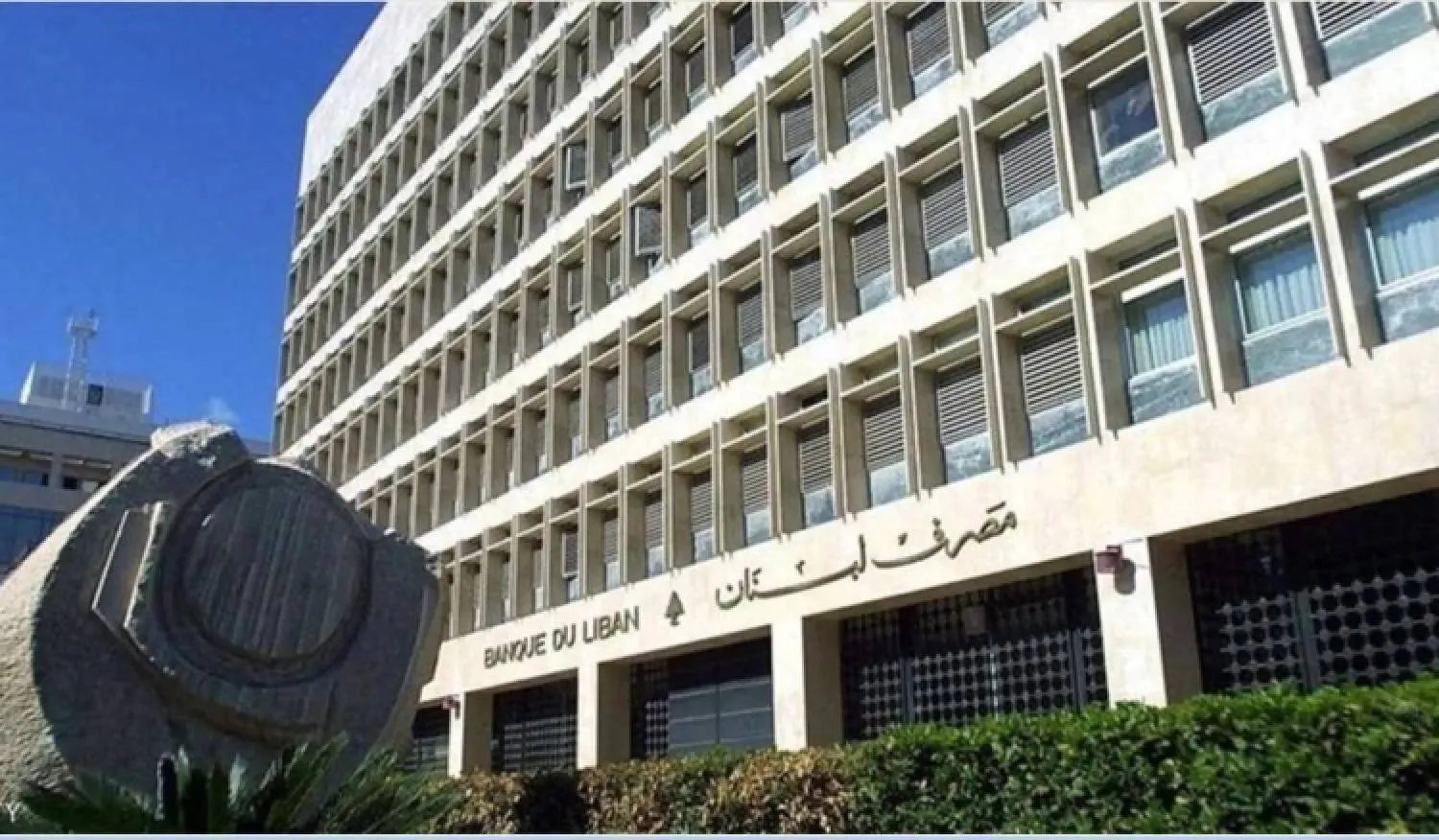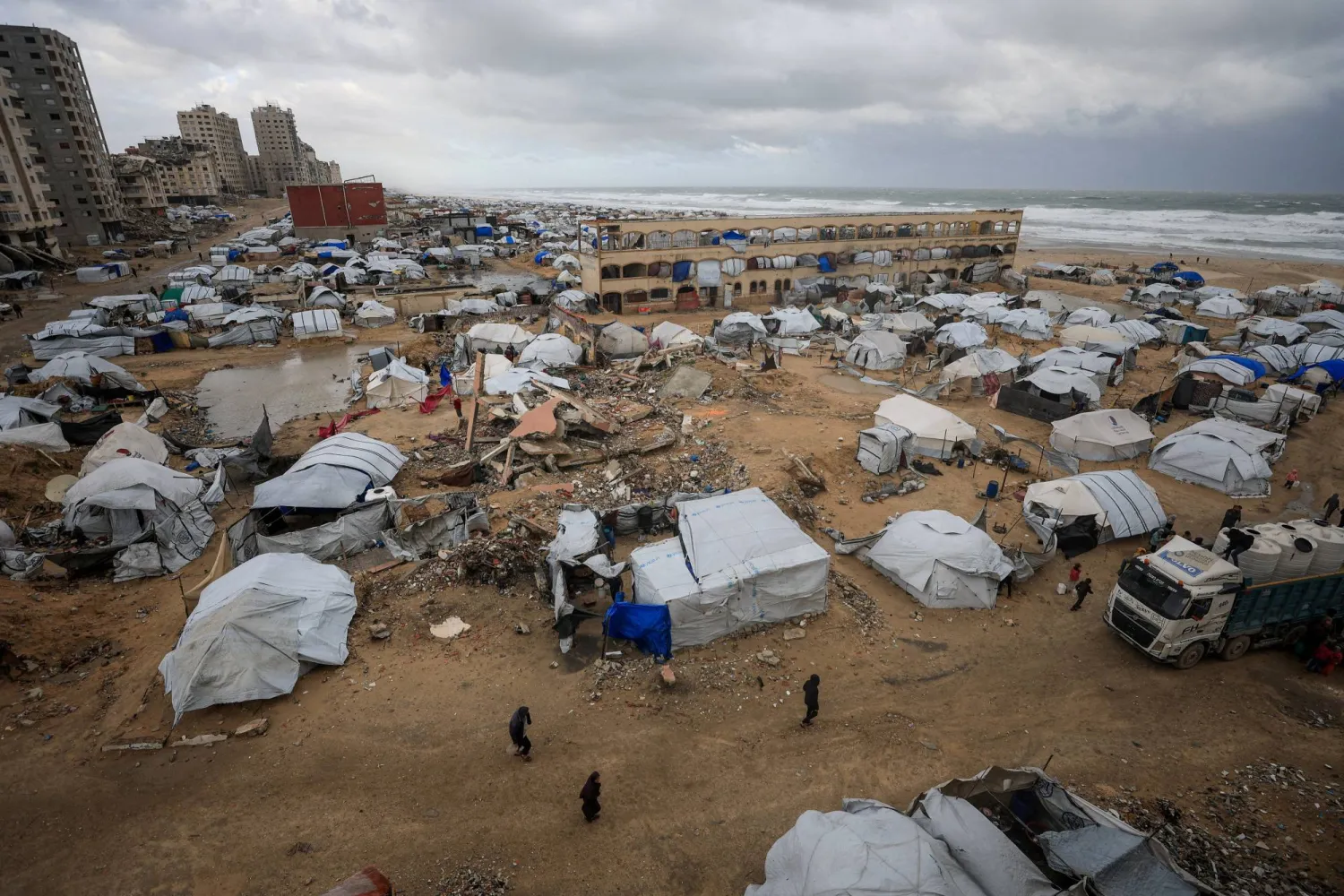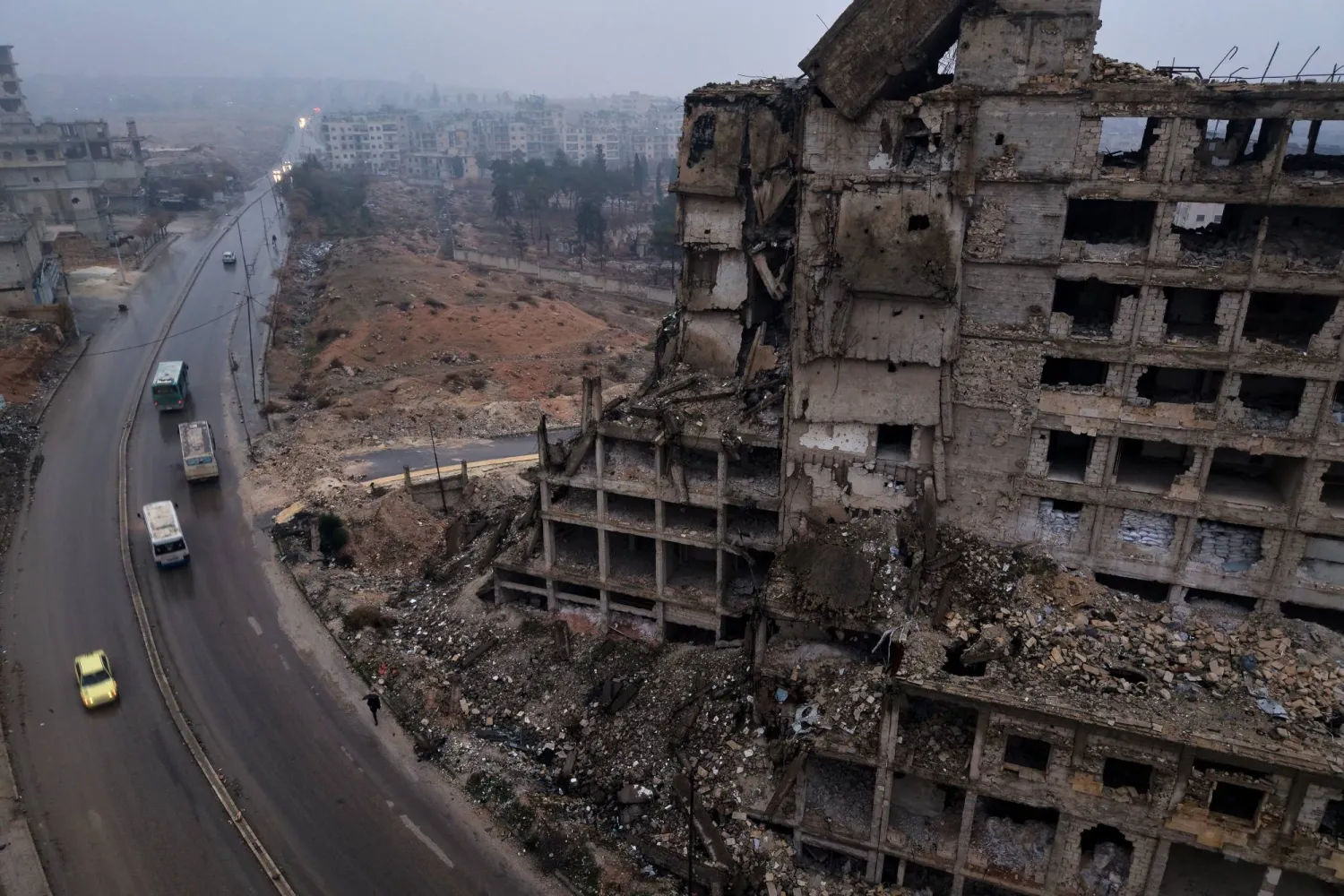Officials from Yemen, Djibouti, Eritrea, Britain, China, the United States, European Union and United Nations held a meeting in the interim Yemeni capital Aden on Tuesday to discuss the fallout from the sinking of the Rubymar by the Iran-backed Houthi militias in the Red Sea last week.
The UK-owned and Belize-flagged Rubymar was abandoned after the Houthis fired a missile at the ship in the southern Red Sea on February 18, leading to a fuel leak and it taking on water.
The US military confirmed on Saturday that the vessel had sunk, the first total loss from the attacks in the Red Sea and Bab al-Mandab Strait. Yemen's legitimate government pointed out the risk to marine life due to its cargo of hazardous fertilizer.
Tuesday’s meeting tackled means to respond to the consequences of the disaster and limit its impact.
Yemeni Minister of Water and Environment Tawfik al-Sharjabi, who was present at the meeting, called on the regional and international communities to assume their responsibilities to stop the terrorist Houthi threats and disasters.
He urged them to help Yemen in confronting the challenges caused by these problems, reported the state news agency Saba.
The UN had announced that it was prepared to provide technical assistance to the Yemeni government by sending experts to assess the situation. They are expected to arrive in days.
Meanwhile, Dr. Abdulqader Al-Kharraz, former chairman of Yemen’s Environment Protection Authority (EPA), speculated that the sinking may have been deliberate to "bury hazardous waste" off Yemen.
He explained that the sinking may have been part of a deal struck between the Houthis and international parties.
In remarks to Asharq Al-Awsat, he noted that the vessel was registered in England, but its owners are Syrian and Lebanese and the company owner is based in Beirut.
He noted that the operating company’s failure to take action to rescue the ship, even though it was moored at sea for 12 days, raises suspicions that the sinking was deliberate so that its cargo could be buried at sea.
This confirms that an environmental crime has been committed by the Houthis in cooperation with an international mafia, Al-Kharraz said.
Insurance industry sources said the Rubymar, built in 1997, was an ageing vessel with a low value, which was not believed to have been covered through the major London marine insurance market.
The US military previously said the February 18 missile attack had significantly damaged the bulk vessel and caused an 18-mile (29-km) oil slick.
"The approximately 21,000 metric tons of ammonium phosphate sulfate fertilizer that the vessel was carrying presents an environmental risk in the Red Sea," the US Central Command (CENTCOM) said in a statement.
Al-Kharraz said the Rubymar was carrying 41,000 tons of fertilizer and other unknown substances.
"It seems the ship was carrying hazardous waste that was not declared," he speculated.
Ahmed Awad bin Mubarak, the foreign minister in Yemen's legitimate government in Aden, said in a post on X: "The sinking of the Rubymar is an environmental catastrophe that Yemen and the region have never experienced before.
"It is a new tragedy for our country and our people. Every day we pay the price for the adventures of the Houthi militia ..."
The release of such large amounts of fertilizer into the Red Sea poses a serious threat to marine life, said Ali Al-Sawalmih, director of the Marine Science Station at the University of Jordan.
The overload of nutrients can stimulate excessive growth of algae, using up so much oxygen that regular marine life cannot survive, said Al-Sawalmih, describing a process called eutrophication.
"An urgent plan should be adopted by countries of the Red Sea to establish monitoring agenda of the polluted areas in the Red Sea as well as adopt a cleanup strategy," he said.
The overall impact depends on how ocean currents deplete the fertilizer and how it is released from the stricken vessel, said Xingchen Tony Wang, assistant professor at the Department of Earth and Environmental Sciences at Boston College.
The ecosystem of the southern Red Sea features pristine coral reefs, coastal mangroves and diverse marine life.
Last year, the area avoided a potential environmental disaster when the United Nations removed more than 1 million barrels of oil from a decaying supertanker moored off the Yemen coast. That type of operation may be more difficult in the current circumstances.









